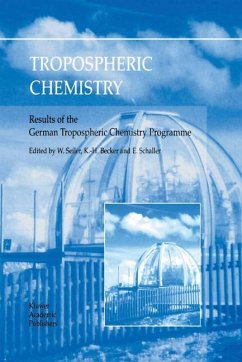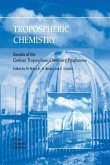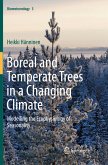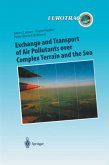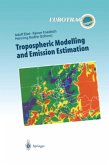which successfully passed the QA-process (i.e., met the Data Quality Objectices) were included into the TFS-central data bank. The following summary of major results obtained in TFS would not have been possible without the contribution of many experimentalists and modellers participating in this project. I would like to thank these colleagues for their support. All participants are grateful for the financial support by the BMBF and for the assistance by the Projekttragerschaft (UKF-GSF-Miinchen). Garmisch-Partenkirchen, WOLFGANG SEILER February 2002 DEVELOPMENT AND APPLICATION OF A MESOSCALE MODEL HIERARCHY FOR THE DIAGNOSIS AND FORECAST OF THE DISTRIBUTION OF POLLUTANTS OVER GERMANY AND EUROPE Journal of Atmospheric Chemistry 42: 5-22, 2002. 5 © 2002 Kluwer Academic Publishers. An Empirical, Receptor-Based Procedure for Assessing the Effect of Different Ozone Mitigation Strategies WOLFGANG FRICKE, WINFRIED VANDERSEE and STEFAN GILGE Deutscher Wetterdienst, Meteorologisches Observatorium, Albin-Schwaiger-Weg 10, D-82383 Hohenpeissenberg, Germany(Received: 6 November 2000; in final form: 29 May 2(01) Abstract. The paper presents a new receptor-based approach for investigating the effect of differ ent mitigation strategies on surface ozone concentrations. The empirical approach relates measured ozone concentrations to 3-D back trajectories and European precursor emission data (NOx, VOC, isoprene). These are the only parameters used as input. Following a description of the method, results for two German stations, an urban and a rural mountain site, are described, and discussed in detail.
Bitte wählen Sie Ihr Anliegen aus.
Rechnungen
Retourenschein anfordern
Bestellstatus
Storno

